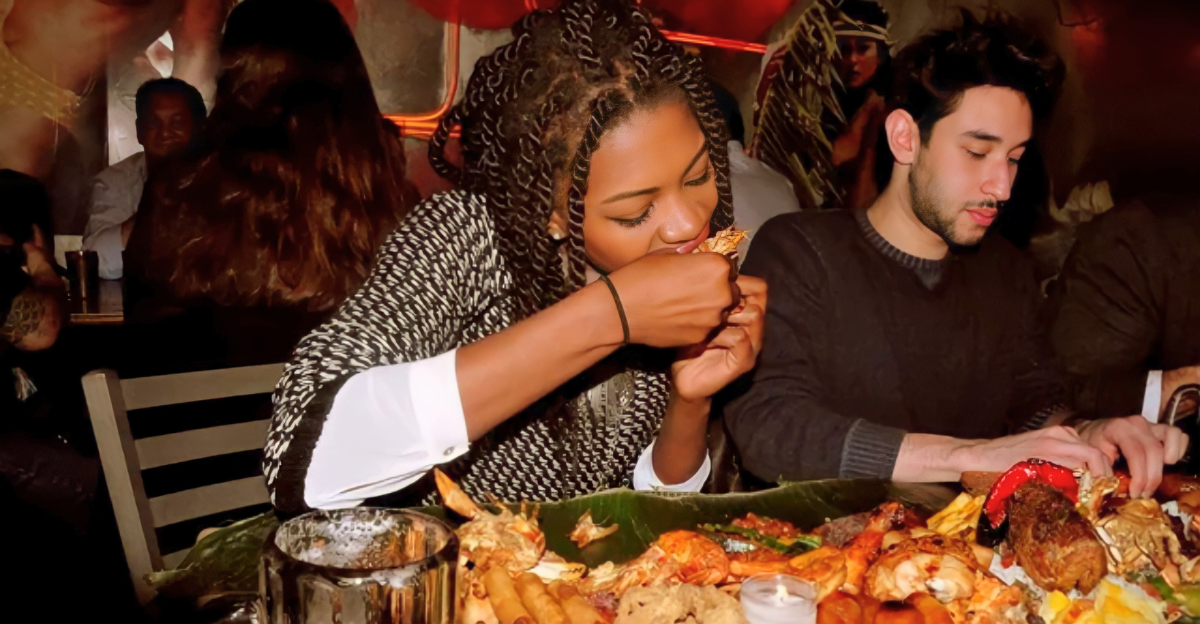
We all behave a certain way at restaurants, often due to our upbringing, mindset around money, and how we see social settings.
These habits can indicate more than we think, silently signaling cues about confidence, social class, and self-awareness.
Sometimes they help us build connections with each other; other times, they can create unintentional distance.
Many of these signals aren’t about spending more or dressing in a certain way, they’re about conduct. Almost invisible, subtle patterns can impact how we’re perceived.
Over time, those behaviors can affect our reputation. Here are six everyday behaviors and habits that might give away more than you think.
First Impressions Matter

From the first moment you walk in, how you greet staff, observe the room, and read the menu sets a standard.
Attentiveness and warmth signal confidence. Shyness or too much focus on prices can signal class and discomfort. Neither is right or wrong, but people around you notice, and their response can vary.
The Subtle Power of Body Language
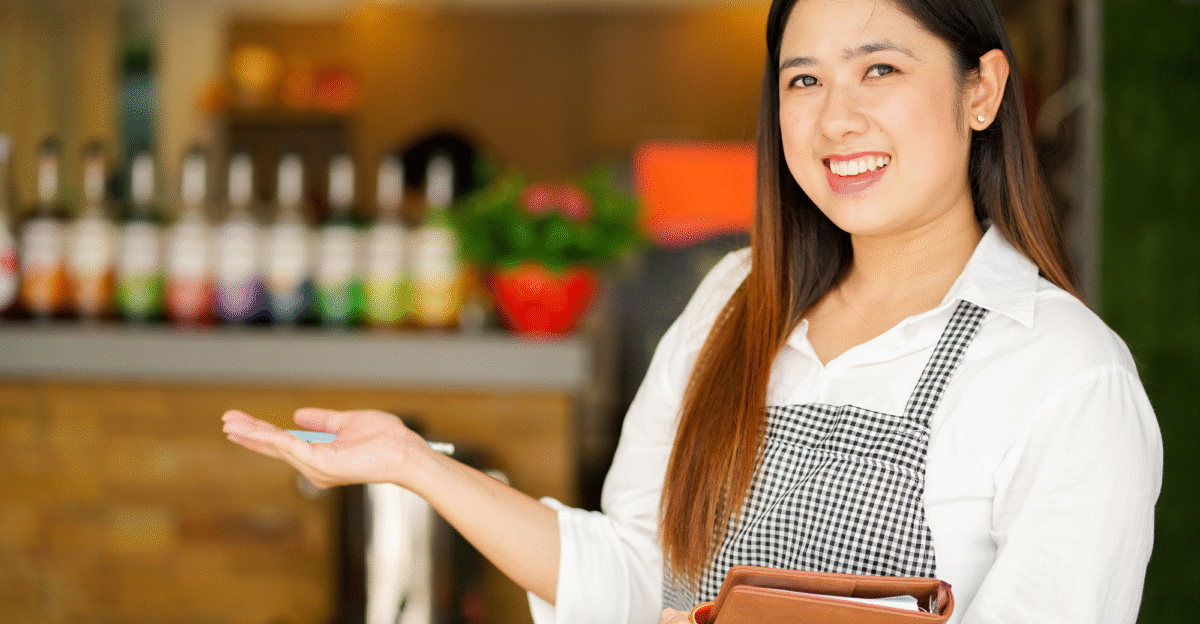
Posture, eye contact, body language, and tone of voice communicate more than words. A confident smile or acknowledgment can lead to better service.
Evading eye contact or speaking too abruptly can close you off, sometimes without you realising. Staff often mirror your energy.
Turning Dinner into a Price Audit
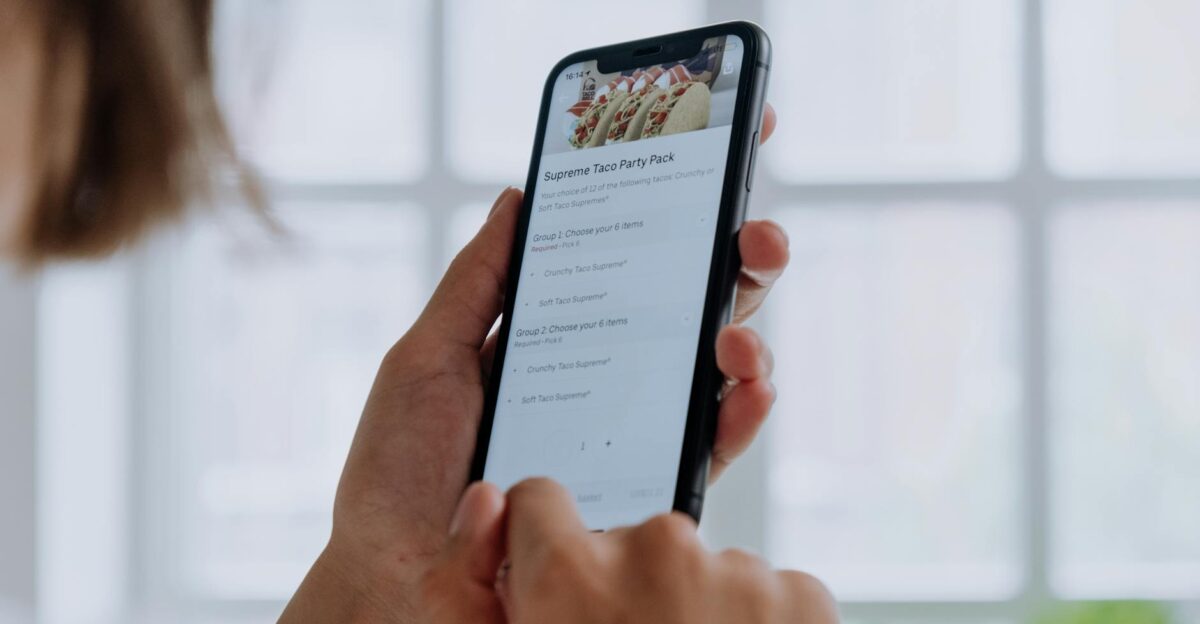
Talking about prices out loud, saying things like “I could get a ton of this for a fraction of the price at the store”, may seem harmless.
To people around you, it can come across badly. If affordability is a real issue, consider looking at the menu online first for a comfortable price range so you can focus on enjoying the experience instead of calculating the bill mid-meal.
The Menu Makeover Routine
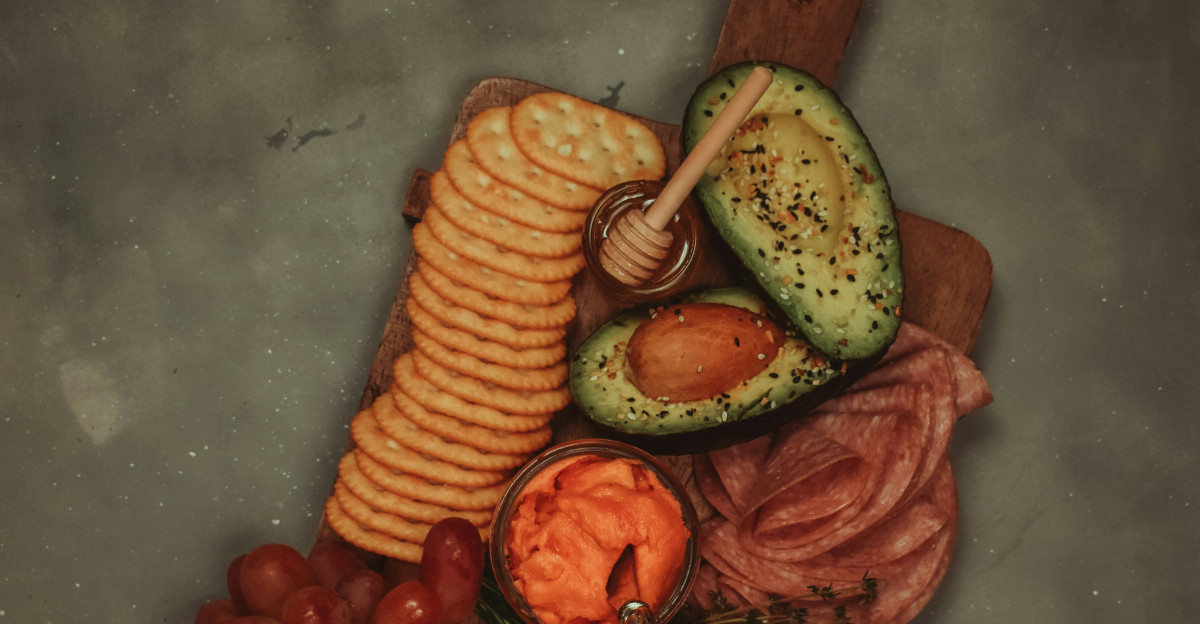
Swapping ingredients out is reasonable at times, especially for dietary needs. However, redesigning a dish from scratch and changing multiple parts can pressure the kitchen and indicate a lack of trust in the restaurant. Start with items close to your preferences and restrict requests to one or two changes.
Why Over-Customising Backfires
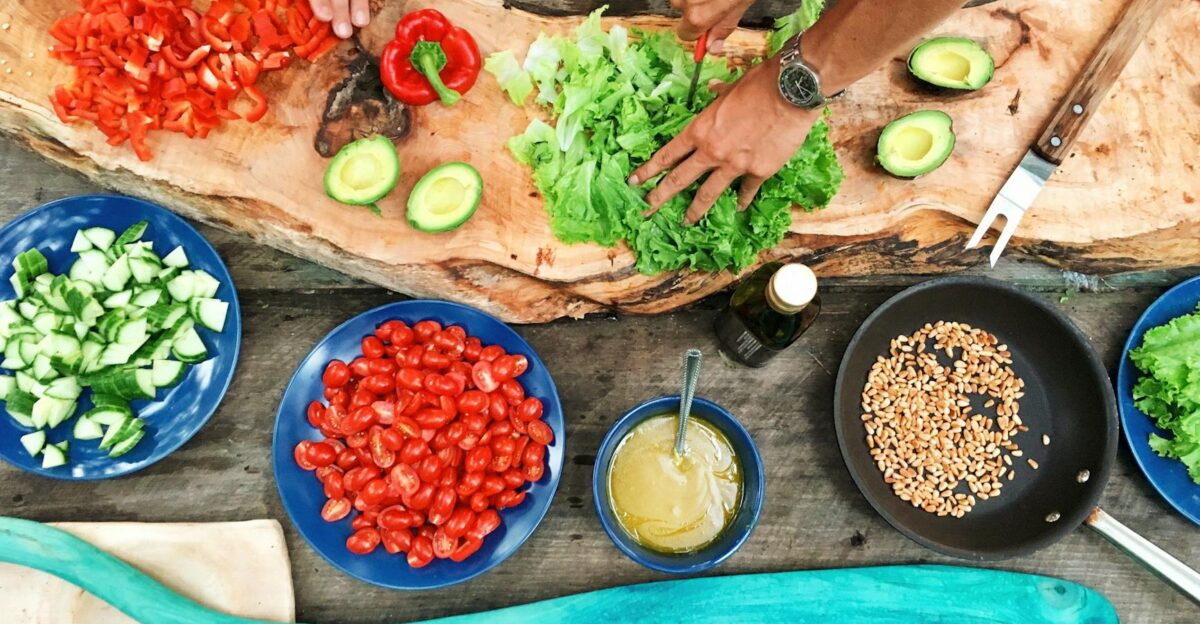
Chefs often prepare menus that balance flavour while considering affordability. Overly complex requests can disrupt kitchen processes and slow service for other diners.
If you need to customise for ethical, health, or other reasons, explain clearly beforehand and be appreciative of the effort. Appreciation smooths the path.
Tipping as an Afterthought
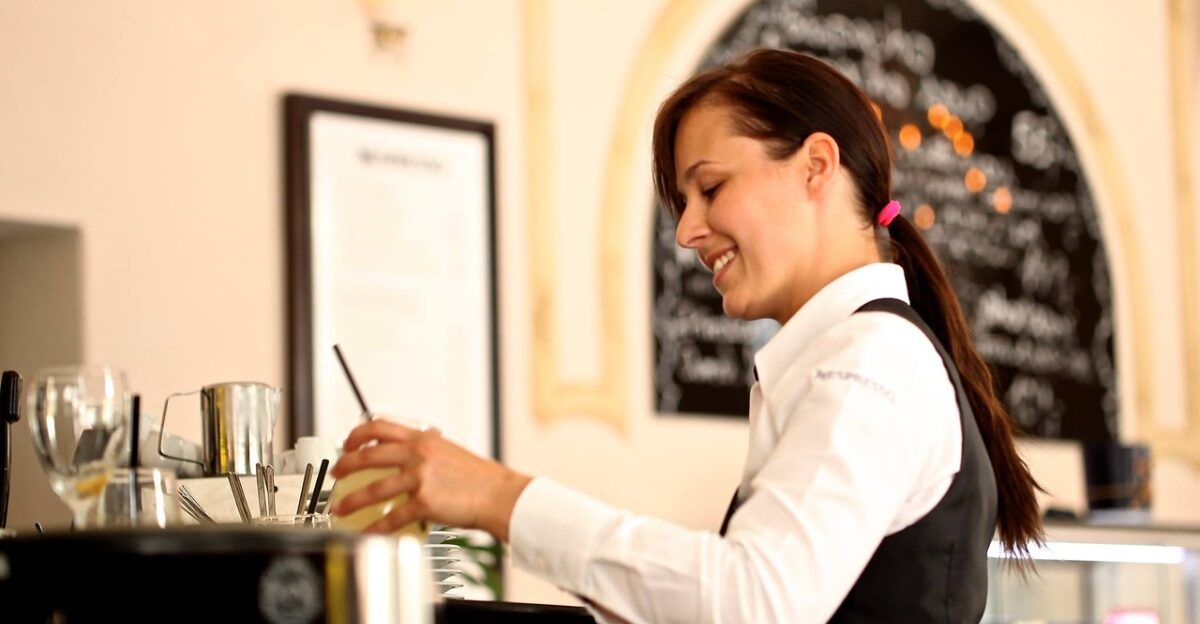
Calculating the tip only at the last minute can cause awkward pauses or errors, which restaurant employees and waiters could interpret incorrectly.
Determine your tipping baseline early and factor it into your budget. A steady and predictable strategy bypasses end-of-meal tension.
Linking Tip to Service Quality
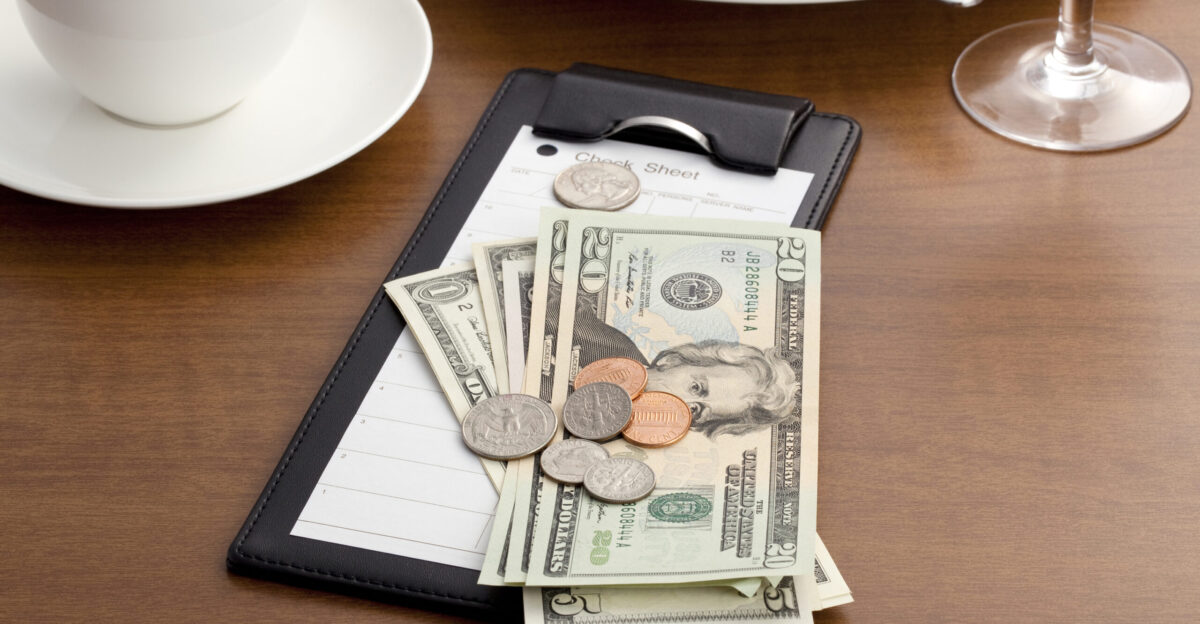
If service is not up to scratch, convey it kindly rather than simply reducing the tip. A note or calm word gives context and can lead to service improvement.
When service is excellent, don’t hesitate to say so. Specific praise and appreciation can leave a stronger mark than just a good tip.
The “We’re Just Looking” Vibe
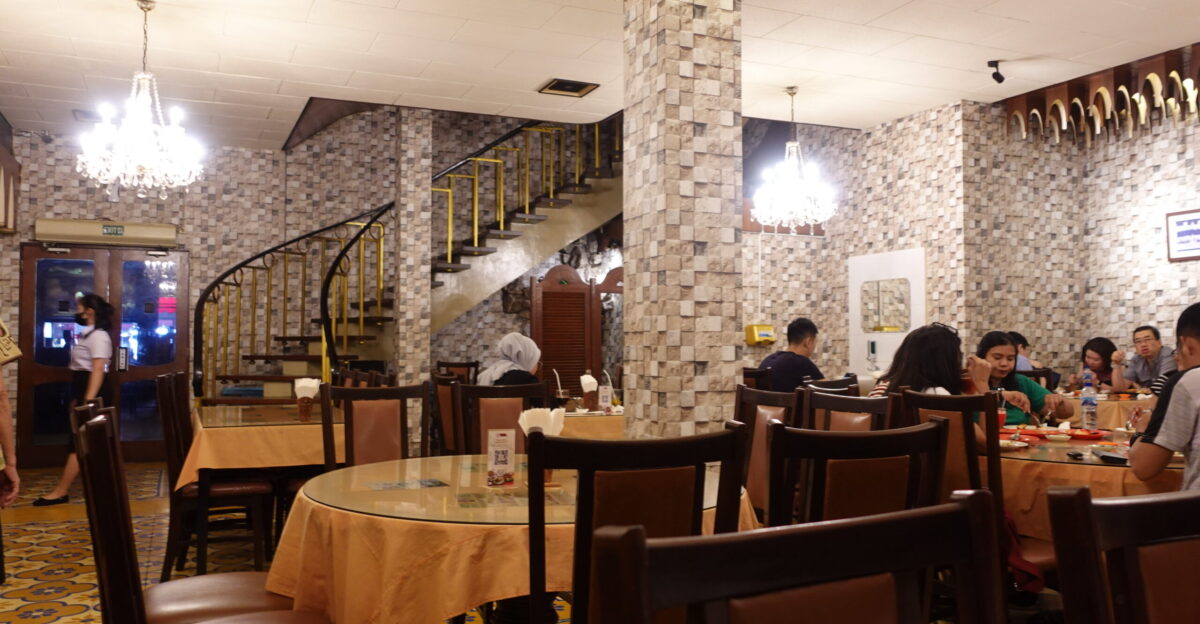
Some avoid engaging with staff as they don’t want to be upsold on desserts, drinks, or extras. But short exchanges can make service feel cold.
A more open conversation, for instance, sharing your dining priorities, encourages cooperation, often leading to constructive suggestions that fit your taste and budget.
Hospitality is a Two-Way Street
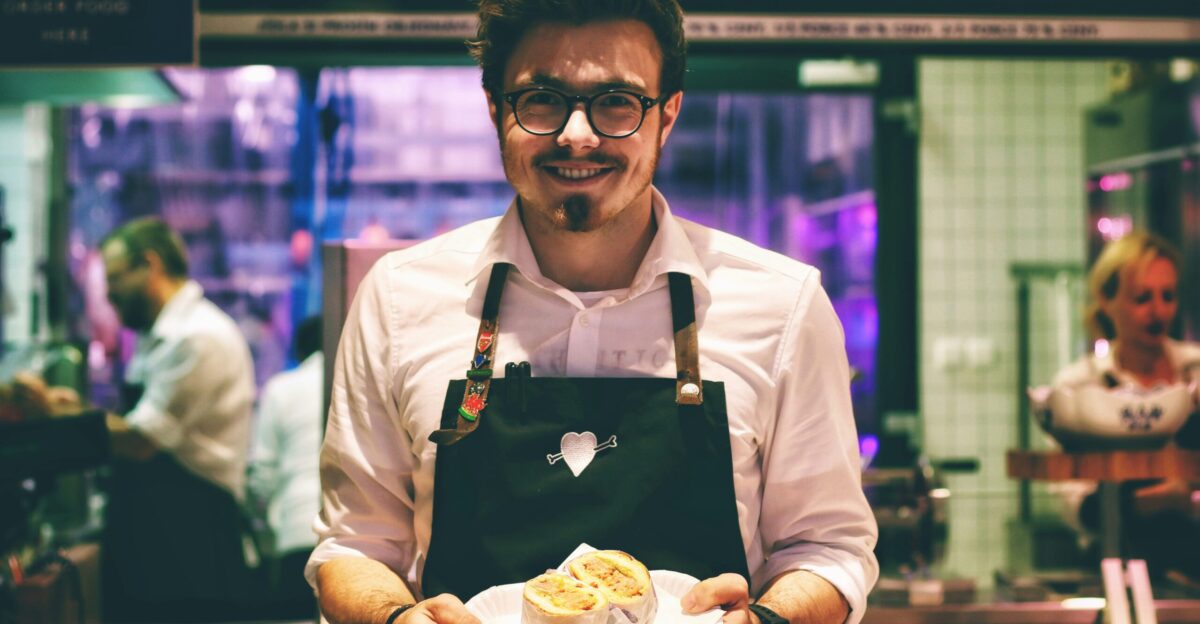
Servers respond to body language. They’ll generally give you space if you seem a bit closed off. Simple tricks like saying names or general acknowledgment are respectful and often create a better overall dining experience.
Overstaying After the Bill

Lingering for too long after settling the bill, especially when the restaurant is busy, can slow table turnover and impact server tips. Even if staff stay polite, it can create tension. Be aware of this at peak hours.
When It’s Okay to Stay Longer

If you’re still deep in conversation, order something small, like coffee or tea. This signals awareness while keeping your table. Or, ask if they have an outside area or bar that you can move to after paying.
Performing Value Instead of Enjoying It
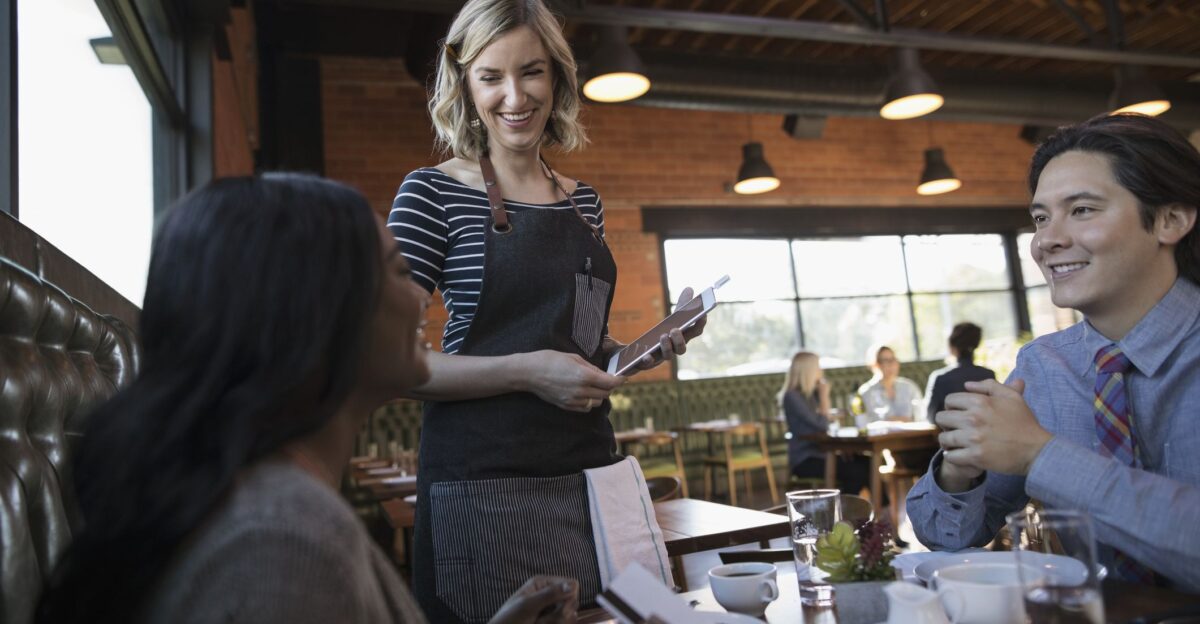
Speaking obviously about deals or discounts, hiding extra bread rolls in your bag, or comparing prices with other restaurants can appear impolite and unclassy. Instead, try to be present and aware of the dynamic and your surroundings.
The “Fit Value” Approach
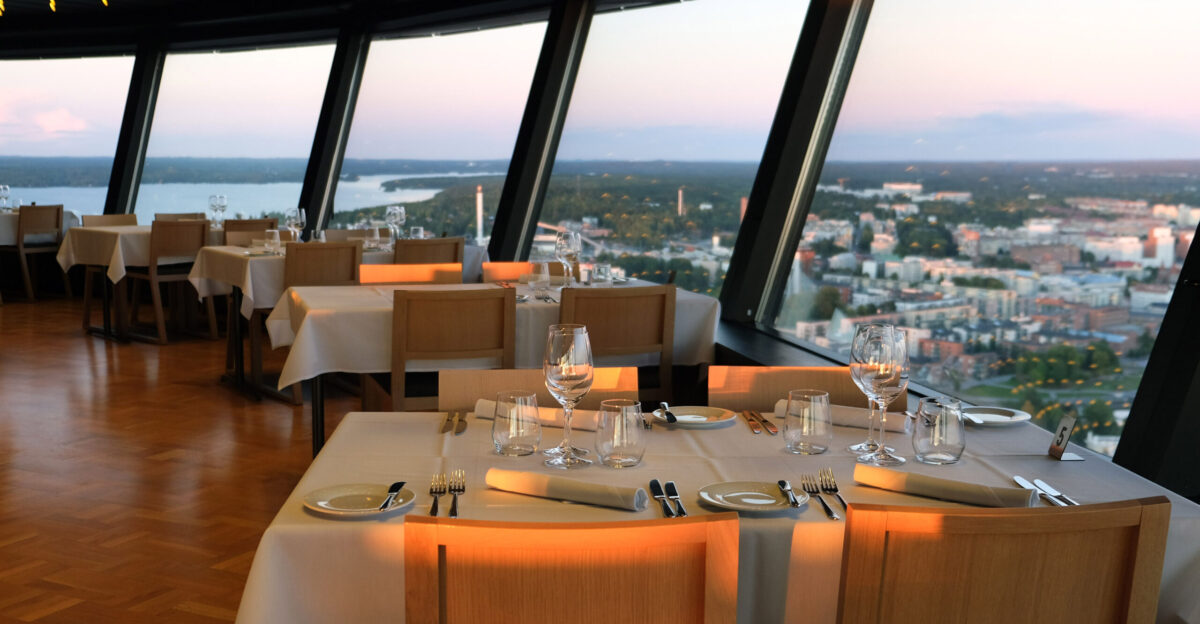
Pick venues that suit your budget and needs: casual spots for everyday nights and special-occasion spots when you’re celebrating.
When you do spend big, appreciate the overall experience: service, the restaurant/company, the surroundings, not just the food and prices.
Scripts That Smooth Interactions

Considerate comments can avert awkward moments. “Tap water is great tonight, thank you.” “We’re keeping it light this time; what’s your best starter for that?”, “We only have an hour; which dishes come out the quickest?”. Clear, considerate communication creates a positive atmosphere.
Planning Ahead for Comfort

Taking note of your budget, time, and dietary constraints before you arrive prevents stress. This helps you be more present, warm, and helps you enjoy the experience and meal without overthinking every decision.
Why These Signals Matter
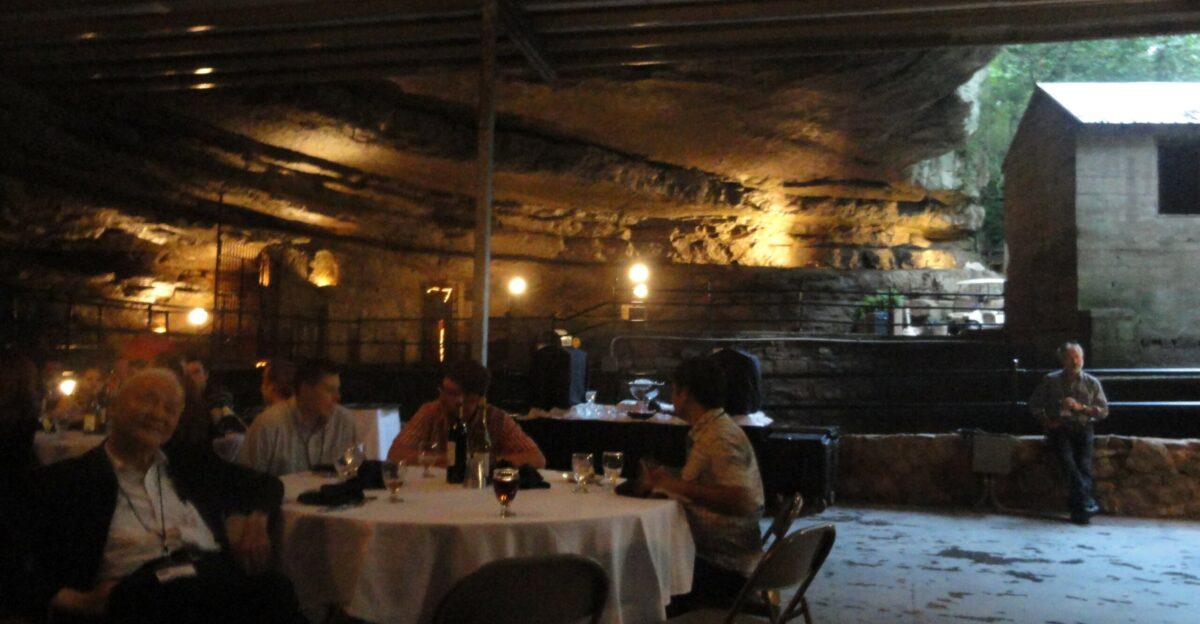
Eating out is about more than eating: it’s about sharing a moment, a space, respect, and subtle social cues.
Financial caution can signal class, distrust, or discomfort. With a little awareness, you can course correct before it’s too late, without overspending.
The Ripple Effect of Kindness
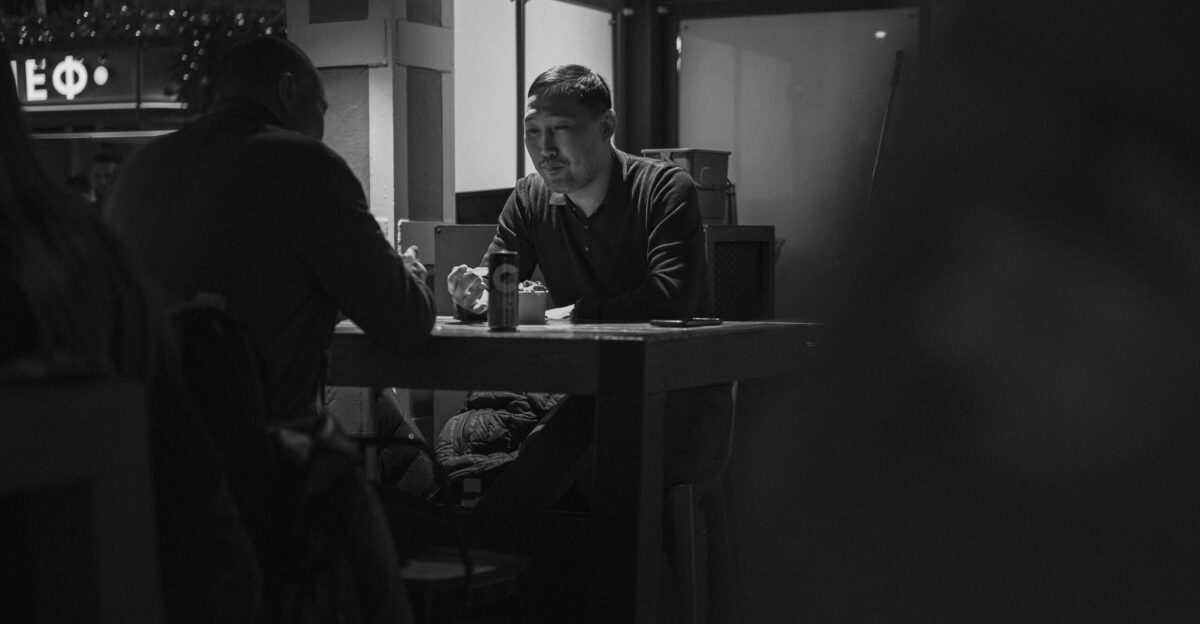
A calm, friendly approach often yields better service, improving your whole experience. That cycle benefits you, staff, and even other diners, creating a calmer and positive environment.
Small Shifts, Big Difference

Try changing one habit at a time and starting small: less menu hacking, tipping better and faster, or warmer hellos. In time, these modifications can change how you’re seen and how much you enjoy dining out.
The Takeaway
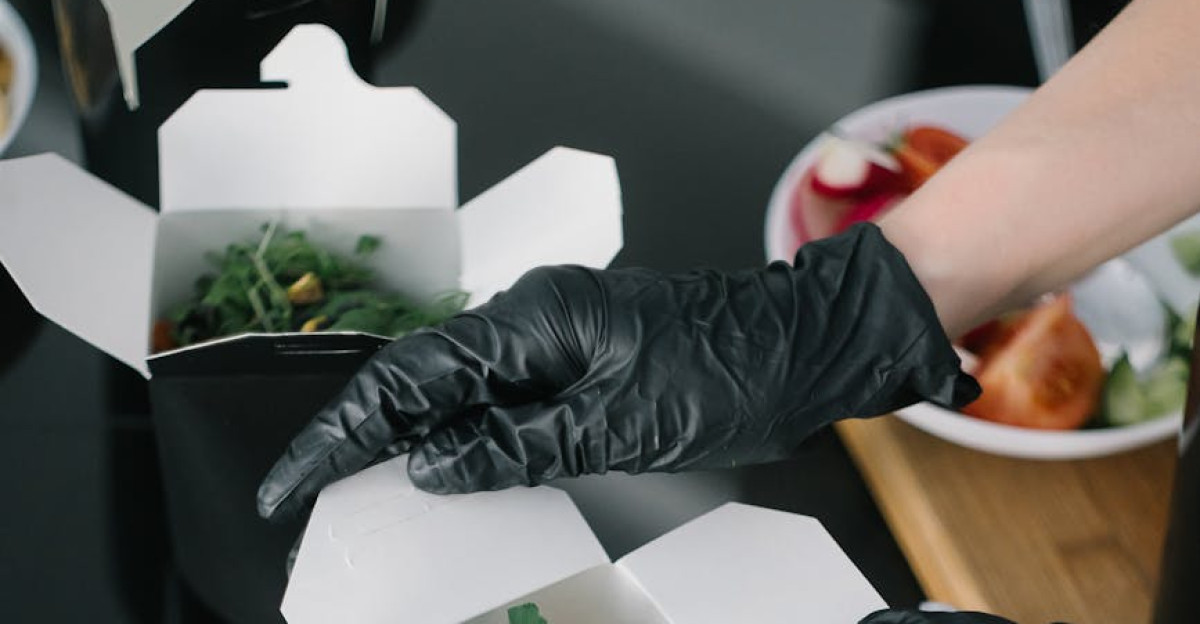
Restaurant etiquette isn’t about acting like you’re someone else. It’s about minimising potential friction. Plan how much you’ll spend, keep your tone of voice warm and open, and match your expectations to the setting. When you combine convenience with courtesy, you leave an impression richer than any menu option.